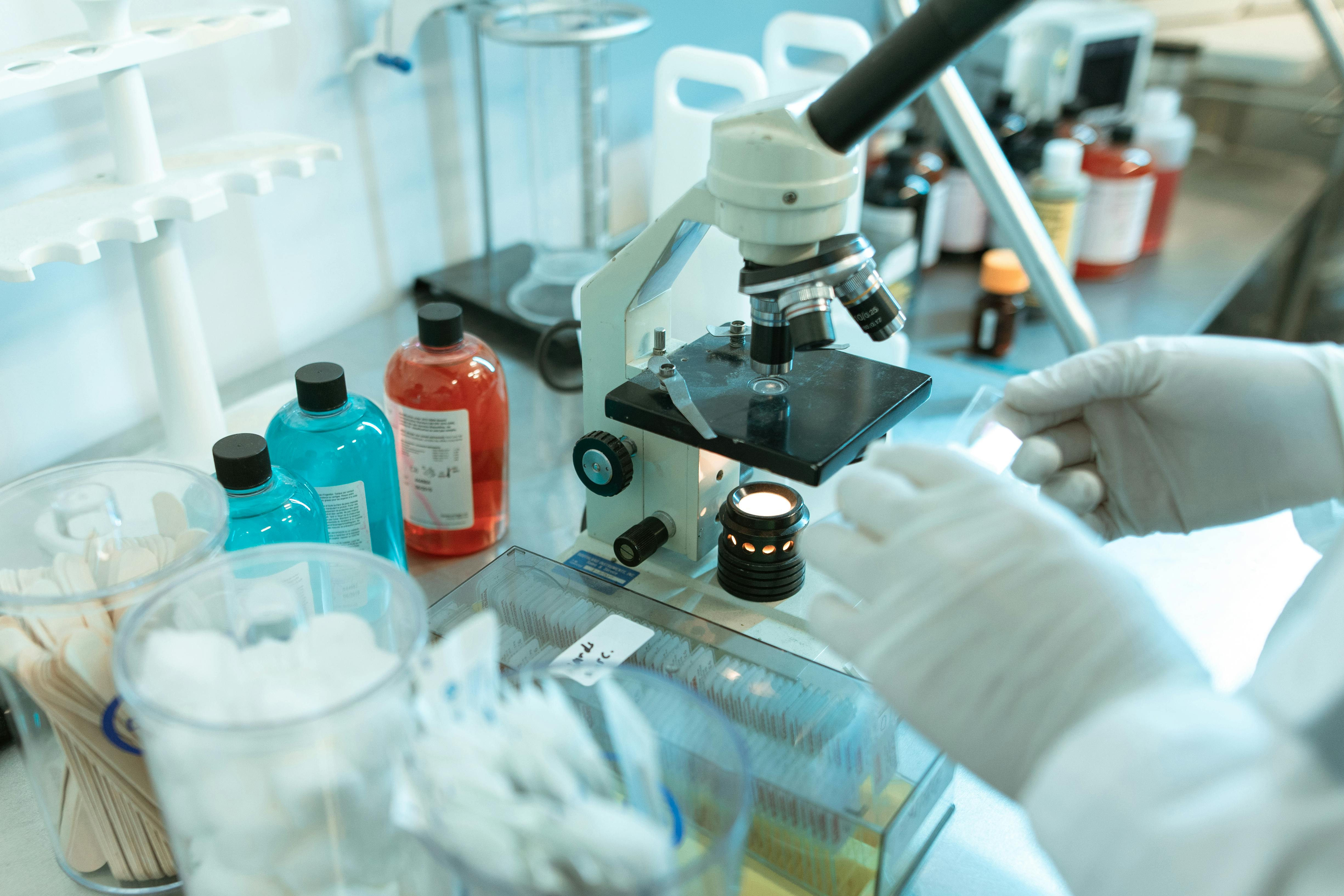Chemistry is an exciting subject for kids of any age, especially if you set up a natural discovery environment for them to explore safely. Let’s find out how to do this in your own home with your own children. In college, one of the first things you’ll learn in your chemistry class is the difference between physical and chemical changes.
An example of a physical change occurs when you change the shape of an object, such as rolling up a sheet of paper. If you set the wad of paper on fire, you now have a chemical change. You are rearranging the atoms that used to be the molecules that made up the paper into other molecules, such as carbon monoxide, carbon dioxide, ash, etc. There is an easy way to tell if you have a chemical change. If something changes color, it emits light (like Halloween glow sticks), absorbs heat (cools), or produces heat (gets hot). Some quick examples of physical changes include ripping fabric, rolling dough, stretching rubber bands, eating a banana, or blowing bubbles.
Let’s do some experiments that demonstrate the chemical changes just mentioned. The setup will look like your kitchen table covered with a plastic tablecloth. Several bottles of clear liquids and white powders will be on your table along with small measuring spoons and a tray of muffin tins.
Your mission: To find the reactions that generate the most heat (exothermic), absorb the most heat (endothermic), and which are the most impressive in their reaction (the ohhhh-ahhhhh factor). NOTE: Although these chemicals are not harmful to the skin, they can make it dry and itchy. Wear gloves (latex or similar) and eye protection (safety glasses), and if you’re not sure about an experiment or chemical, just don’t do it.
Gather these before you begin: a muffin pan, water, vinegar (acetic acid), baking soda (sodium bicarbonate), baking soda (sodium carbonate), isopropyl alcohol, hydrogen peroxide, citric acid (store grocery), aluminum sulfate (“alum” in the spice section of the grocery store or drugstore section of the drugstore), and a clear liquid dish soap like Ivory. Put all these items on your table.
And a head of red cabbage.
Red cabbage? Yes! Purple cabbage juice has anthocyanin, making it an excellent indicator for these experiments. Anthocyanin is what gives leaves, stems, fruits, and flowers their colors. Did you know that certain flowers like hydrangeas turn blue in acidic soil and pink when transplanted into basic soil? The next step of the experiment will help you understand why. You’ll need to take the anthocyanin out of the cabbage and convert it into a more useful form, such as a liquid “indicator.”
Prepare the indicator by coarsely chopping the head of red cabbage and boiling the pieces for five minutes on the stove in a pot filled with water. Carefully strain all the pieces (use cheesecloth if you have it) and the reserved liquid is your indicator (it should be purple). When you add this indicator to different substances, you’ll see a range of colors from hot pink to tangerine orange, sunshine yellow, emerald green, ocean blue, and velvet purple. Try adding drops of indicator to something acidic, like lemon juice, and see how different the color is when you add indicator to a base, like baking soda mixed with water.
Put your liquid chemicals in easy-to-pour containers like water bottles (be sure to label them, they all look the same!): rubbing alcohol, hydrogen peroxide, water, vinegar, and dish soap. (Skip the developer and alcohol with young children.) Place small bowls (or zip-top bags if doing it with a crowd) of the powders with “scoops” made from the tops of your water bottles: baking soda, soda ash, citric acid, ammonium nitrate, chloride calcium and alum. The little “scoops” regulate the amounts you need for a muffin-sized reaction.
Have your indicator in a single bottle. Old soy sauce bottles or other bottles with a built-in regulator that maintains the drip-pour are perfect. You can also use a container with a bulb syringe, but cross contamination is a problem. Or not, depending on whether you want the children to see the effects of cross contamination during their experiments. (The indicator vessel will continuously change color throughout the experiment.)
The experiment: Start mixing it up! When I personally teach this class, I let them have all the chemicals at once (even the indicator) and of course this leads to a chaotic mix of everything. After the initial burst of enthusiasm, students will inherently begin to ask better questions. They’ll want to know why their gooey cool green is trailing on the floor with their neighbor’s just oozing a hot pink liquid, apparently with the same thing. Let them figure out a system for remembering which chemical goes where and with which to get the reaction they’re looking for.
Periodically hold your hand under the muffin tins to test the temperature. Use the indicator before and after mixing chemicals, and you will be amazed and amazed at the results! Enjoy!
